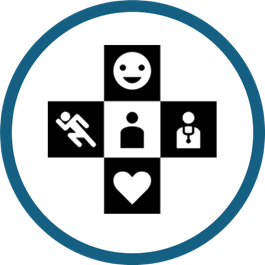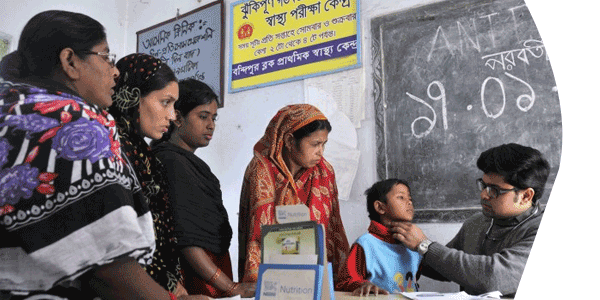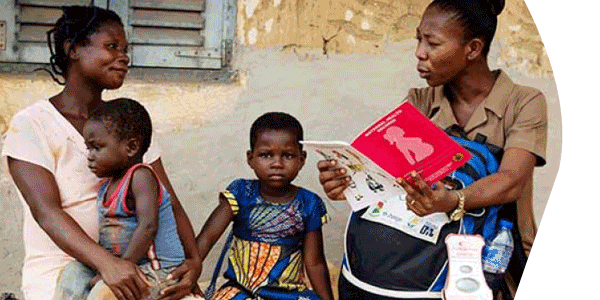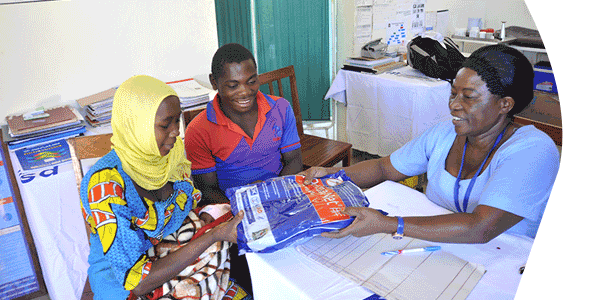Guidance and Sample Behavior Profiles

Health Systems Strengthening
Guidance and Sample Behavior Profiles
Behavior Profiles are a stand-out tool in the Think | BIG (behavior integration guidance) suite of social and behavior change tools. Using Think | BIG ensures that your program takes a whole ecosystem approach and is behavior-led, not intervention-driven. Behavior Profiles first appear in Step 4, during phase one Focus and Analyze, of the three-phase system that comprises BIG.
Using Health Systems Strengthening (HSS) Sample Behavior Profiles
It has long been recognized that behavior change requires a whole-system approach. For example, communication activities alone will not usually change health behavior. Instead, HSS elements, such as appropriate and timely disbursement of health funds, management of these funds, commodity assurance, and provider competencies, all come to bear on the behaviors to be changed.
Ensuring that all the elements needed to enable change are in place at the same time with the same audiences is essential. To achieve this type of holistic system around behaviors, countries and activities must understand all of the elements needed to enable this change. Creating a Behavior Profile enables gaining this understanding. The Think | BIG Behavior Profile helps programs see this holistic system as it relates to individual behaviors or a set of behaviors.
While Priority Behaviors are usually presented from the client perspective (e.g. “caregivers seek care for the signs and symptoms of pneumonia for their children under 5”), for systems strengthening purposes it often helps to present Priority Behaviors from the perspective of the system’s primary actors (e.g. National Health Insurance Authority [NHIA], district health management teams, health care providers, managers, and others). For this reason, we have provided sample Behavior Profiles from a systems perspective, e.g. “NHIA disburses timely funds to regional health offices”. In addition to the ways mentioned in the overview, these sample Behavior Profiles can help you:
- Show how you might word a system-focused Priority Behavior and develop accompanying steps and profile details.
- Demonstrate the pathways to change from behavior to strategies, emphasizing the importance of behavior-led (not intervention-driven) programming.
- Hold discussions with stakeholders on how an activity might be refined based on the identified pathways to change.
- Engage with stakeholders on how activities might be aligned around behaviors and the pathways to change.
How to Use Behavior Profiles and Behavior Summaries provides more detailed guidance.
Prioritizing and analyzing health system behaviors can be a highly effective way of diagnosing and addressing persistent health care delivery issues. To build your own Behavior Profiles, select the online or offline tool under Analyze.
Contact us if you have questions or don’t see the kind of Behavior Profile sample you need. We’re here to help!

National Health Insurance leadership makes decisions for sustainable health care financing
View PDF | (no Bibliography available)






 The Manoff Group was acquired by JSI in 2022.
The Manoff Group was acquired by JSI in 2022.